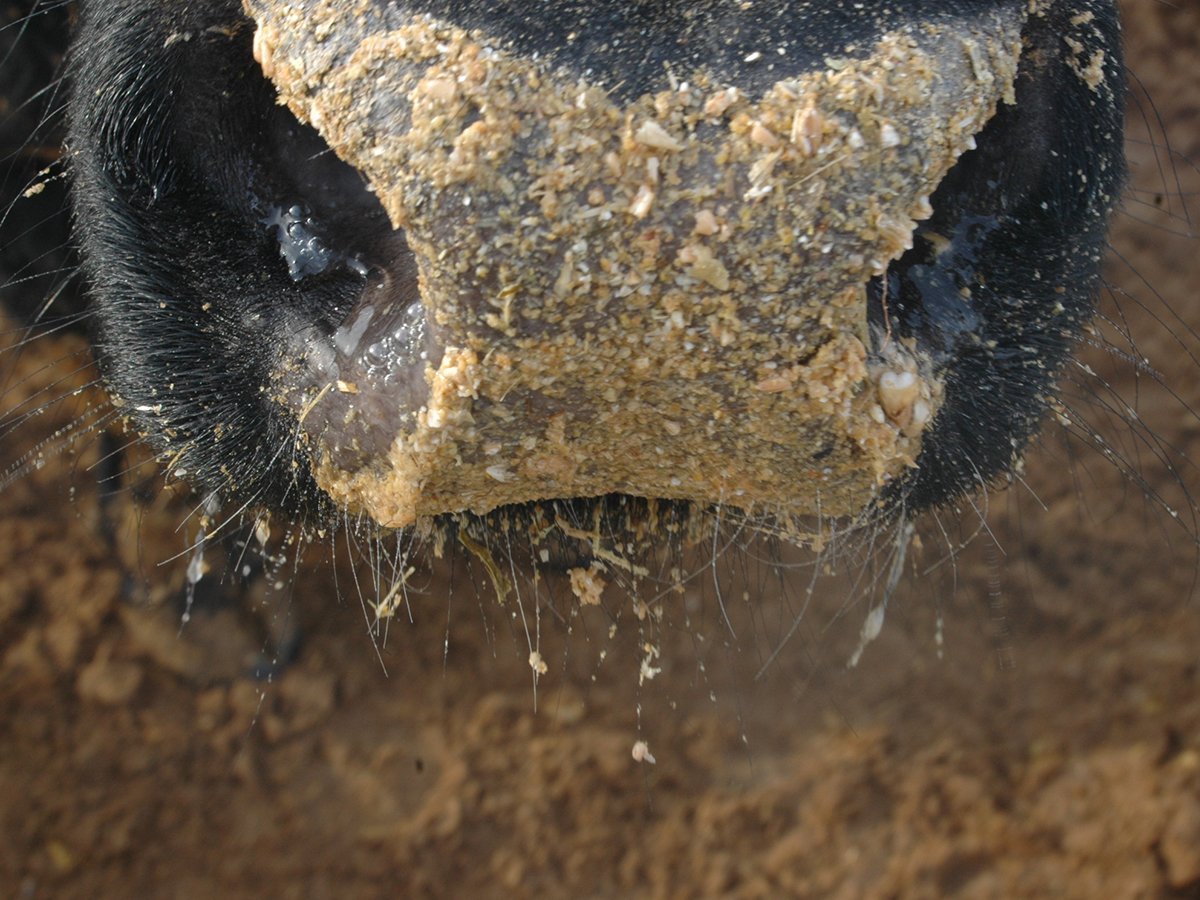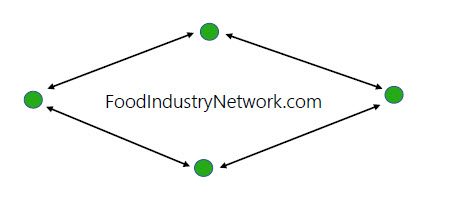Infrastructure plan required post-election | The Western Producer

REGINA — If he were prime minister for a day, Murad Al-Katib would immediately spend $100 billion on trade infrastructure.
The CEO of Regina-based AGT Foods said transportation corridors and gateways are essential to future success, particularly in this time of global trade disruption.
He told the Saskatchewan Chamber of Commerce’s Food, Fuel and Fertilizer summit that stakeholders in agriculture and natural resources have to be loud and clear about what they need with whoever forms government after the April 28 election.
Read Also


Alberta feeder co-op still in limbo over loan program
As negotiations continue to reinstate the Feeders Association Loan Guarantee program to the Picture Butte Feeder Co-operative, the provincial cattle feeders association is making its feelings known.
“We need to be absolutely committed to a 20-year rolling infrastructure trade plan,” he said, particularly an east-west plan.
Canadian National Railway CEO Tracy Robinson said she hopes for five quick announcements right after the election in order to maintain momentum for change. Asked what types of announcements she would make, she said she would begin with removing the tanker ban off the British Columbia west coast.
She’d follow with an LNG facility with a pipeline attached to it, and something on the east coast for European market access.
“I think we need some big, bold, trade-related, resource-related announcements that are signaling that we are in this business,” she said.
Robinson said Canada can’t waste the current crisis. She said all supply chain players should be fully transparent, and work collectively to determine how and where capacity is built. They should take ownership of, and fix, issues that turn out to be their problems.
“There’s no point in expanding capacities of the ports if we don’t have the rail capacity to get there, and there’s no point in expanding rail capacity if it’s just going to queue up at the port, for example, or it can’t get into the elevators, or whatever it is,” she said.
This is the case for grain but also other commodities, Robinson said.
Al-Katib said it’s difficult to predict grain flows because crop estimates can be out millions of tonnes until it comes off the fields. For a long time he has advocated the need to use all gateways and corridors.
Robinson said everyone will use Vancouver until it just doesn’t work anymore.
CN has used incentive pricing to try to move grain up through Prince Rupert and would like to move more commodities through Thunder Bay and Montreal.
“This really needs to be something that if we want to get those commodities to market in a timely fashion we need to be able to use all that capacity and decide in advance that we’re going to,” she said.
CN is investing in western capacity at Vancouver, Edson, Alta. and Prince Rupert. Robinson said there is already capacity available every day that isn’t being used.
Al-Katib suggested linking transportation planning into a Canadian industrial strategy. This would be similar to the Asia Pacific Gateway initiative from 2006 to 2011, which he described as one of the most productive times in terms of players working together.
But Robinson said Canada first has to answer the question of whether it is serious about being in business.
“As a country, what is it that we’re going to do?” she asked.
Canada is making progress in technology and innovation but is fundamentally a resource-based trading nation. The question then becomes what it takes to become the best in the world.
“We need, without a doubt, a regulatory environment that is going to incent investment,” she said.
It shouldn’t take 15 years to permit a mine or eight years for a pipeline, she said.
Canada requires an effective tax regime, which other jurisdictions are also talking about.
“If we’re serious about being the best in the world in this, we need to put those conditions in place,” she said.
Robinson said constructive regulation, rather than that narrowly focused on certain outcomes desired by regulators or the many overlapping layers, is required.
Al-Katib said trade flows would improve by taking the necessary step of moving railways out of the middle of western Canadian cities.
“If we’re going to have 10 million (more) tonnes of potash and 10 million (more) tonnes of agri and everything else we need to get oil in the pipelines and we need to get everything that is going to grow on rail, and we need to build out a strategy where governments and industry are partnering to build that long-term trade infrastructure,” he said.
Trade diversification is critical.
Canada got too comfortable living next to a giant economy and taking the easy road into that economy, he said.
“We in this nation are a product of our own complacency,” he said.
“We have to recognize that Europe has to be developed, the ASEAN region has to be developed, South America must be developed and we need a superpower like India to be closely developed.
He said Canada has to “double down” on India and must immediately begin bilateral talks right after the election.
Al-Katib later told reporters that everyone is sensitive about government spending but the trade diversification imperative that Canada is under is not going to go away soon. That’s why an infrastructure spending plan is so important.
“I think I have a relative level of confidence that no matter who our next prime minister is going to be, trade infrastructure and diversification have to be paramount on the agenda,” he said.
“It’s all great to talk about bilateral free trade agreements. It’s all great to talk about opening up new markets, but if we can’t get our product to markets we ultimately don’t have anything to sell.”
He said the additional potash and agricultural production coming online from Saskatchewan within the next decade, along with development of copper, lithium, uranium, oil and more demands immediate attention from a transportation perspective.
Contact karen.briere@producer.com
Source: www.producer.com


